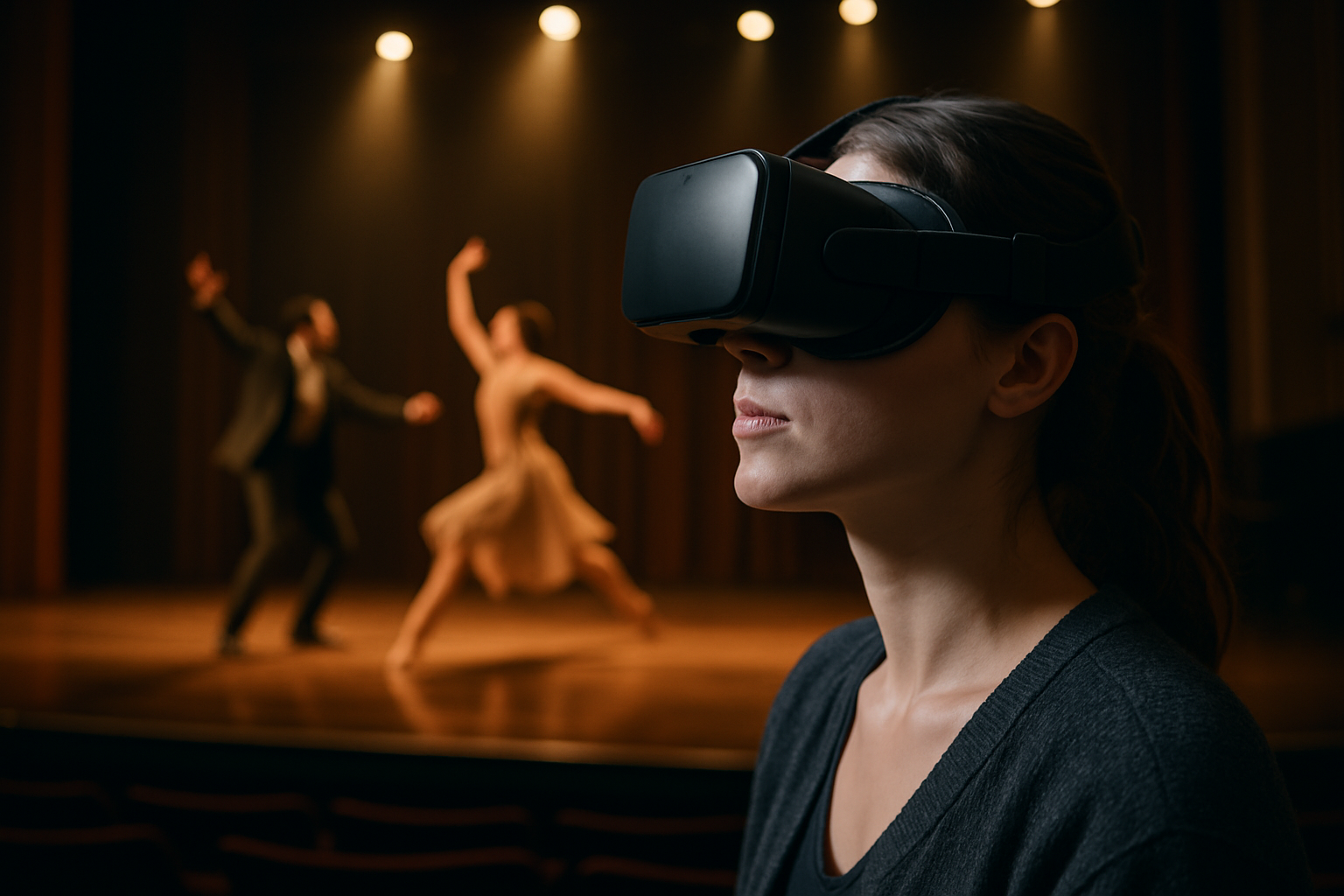Designing Inclusive Programming for Diverse Communities
Inclusive programming in arts and entertainment requires intentional planning across culture, venues, technology, and relationships with communities. This article outlines practical strategies for making performances, festivals, and digital experiences welcoming and accessible, with attention to funding, licensing, and collaboration.

Designing Inclusive Programming for Diverse Communities
Creating programming that genuinely reflects diverse communities involves more than a checklist: it requires ongoing listening, adaptable curation practices, and thoughtful use of technology. Effective initiatives address cultural context, accessibility, and economic realities while building partnerships with local services, patrons, and touring networks. This article presents practical areas to consider when planning performances, festivals, streaming events, and immersive experiences that invite broad participation and sustained engagement.
How does culture shape programming choices?
Programming should begin with context: who the community is, what traditions and cultural practices matter, and how historical inequities have shaped participation. Engage artists and cultural leaders from the communities you aim to serve to co-create programmatic goals and ensure authenticity. Consider diverse formats — live performance, festival showcases, streaming premieres, and site-specific work — to respect different modes of cultural expression and to accommodate various audience needs. Licensing and copyright expectations may vary by cultural practice; negotiate licenses and usage rights transparently and respectfully to protect artists, communal knowledge, and heritage.
What accessibility measures make venues and events inclusive?
Accessibility spans physical, sensory, cognitive, and economic barriers. At venues, ensure clear wayfinding, step-free access, and a range of seating and sightline options; provide captions, audio description, and relaxed performances when appropriate. For festivals and touring shows, share accessibility information early and consistently across marketing channels and with local services. Consider ticketing tiers, community allotments, and patron subsidy programs to reduce cost barriers. Work with accessibility consultants and community advocates to test and refine approaches rather than relying solely on assumptions; build feedback loops that allow audiences to report issues and suggest improvements.
How can immersive and XR technologies expand reach?
Immersive formats such as virtual reality, augmented reality, and mixed-media installations can broaden access and create novel engagement points, especially when paired with streaming. However, technological inclusion requires attention to device availability, bandwidth limitations, and user comfort. Offer multiple access channels: in-person immersive booths at venues, low-bandwidth streaming alternatives, and companion mobile experiences compatible with common devices. When developing virtual reality or augmented reality content, design for usability, provide clear content warnings, and ensure that experiences do not exclude those with sensory or mobility differences. Consider lending programs or community access points where equipment can be borrowed or shared.
What does thoughtful curation look like in diverse contexts?
Curation should prioritize equitable representation and contextual framing. Move beyond tokenism by integrating diverse creators across seasons and program strands, not confined to a single event. Use collaborative curation models that compensate community curators and include advisory panels representing different ages, languages, and lived experiences. Curatorial notes and interpretive materials can contextualize work for unfamiliar audiences while preserving artist intent; offer these in multiple languages or as audio formats where relevant. When planning touring or festival lineups, balance local commissioning with invited acts to sustain local ecosystems and encourage knowledge exchange between visiting and resident artists.
How do funding and patron relationships affect inclusivity?
Funding structures influence who can participate. Seek diversified revenue — grants, patrons, earned income, and partnerships — while being mindful of funder priorities that may unintentionally shape programming. Build transparent patron programs that prioritize subsidized tickets, fair artist fees, and community partnerships. Where possible, access public and philanthropic funding directed at equity and accessibility, and structure budgets to cover accessibility accommodations as standard line items rather than add-ons. Licensing and contractual terms should reflect fair compensation and reuse rights; negotiate agreements that do not place undue burdens on artists or communities and that clarify ownership, distribution, and archiving rights.
How can collaboration strengthen inclusive outcomes?
Collaboration across institutions, community groups, educators, and technology partners multiplies impact. Co-created residency models, shared use of venues, and joint touring arrangements can reduce costs and expand reach. Collaborate with local services to ensure outreach, transportation, childcare, and culturally appropriate engagement practices. Establish clear roles, shared timelines, and agreements on content ownership and licensing at the outset to prevent misunderstandings. Regular evaluation with participating communities ensures that projects evolve responsively rather than repeating patterns that exclude; use mixed methods — surveys, focus groups, and informal conversations — to capture a range of perspectives.
Inclusive programming combines respectful curation, practical accessibility measures, adaptable technology choices, sustainable funding practices, and sustained collaboration. By centering community relationships, transparent agreements, and ongoing assessment, presenters and creators can design performances, festivals, and digital experiences that reflect diverse perspectives and improve access over time. Maintaining flexibility and an openness to change is essential to respond to evolving community needs and technological possibilities.





